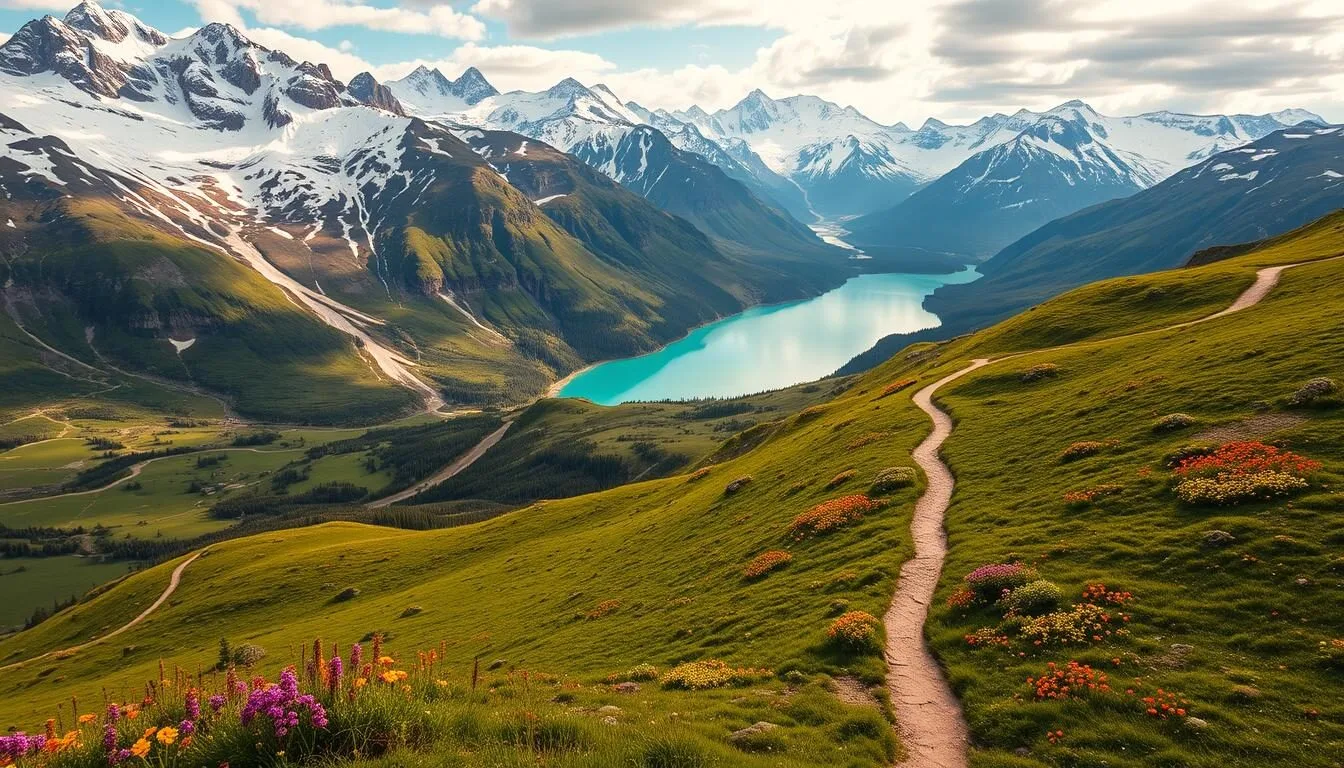Known for the CN Tower, its multiculturalism, and as Canada’s financial hub.
—
2. Montreal, Quebec – Population: 1,704,000
Famous for its French heritage, festivals, and vibrant arts scene.
—
3. Vancouver, British Columbia – Population: 631,000
Known for its scenic beauty, outdoor activities, and film industry.
—
4. Calgary, Alberta – Population: 1,037,000
Famous for the Calgary Stampede, its oil industry, and nearby mountain ranges.
—
5. Edmonton, Alberta – Population: 1,062,000
Known for its large mall (West Edmonton Mall) and oil production.
—
6. Ottawa, Ontario – Population: 1,018,000
Famous for being Canada’s capital city and its political significance.
—
7. Winnipeg, Manitoba – Population: 705,000
Known for its cultural festivals, historic architecture, and winter activities.
—
8. Quebec City, Quebec – Population: 531,000
Famous for its Old Town, French architecture, and rich history.
—
9. Hamilton, Ontario – Population: 536,000
Known for its steel industry and scenic waterfront.
—
10. Kitchener, Ontario – Population: 470,000
Famous for its German heritage, technology sector, and Oktoberfest.
—
11. Laval, Quebec – Population: 438,000
Known for its proximity to Montreal and family-friendly atmosphere.
—
12. Gatineau, Quebec – Population: 290,000
Famous for being located across the river from Ottawa and its national parks.
—
13. Mississauga, Ontario – Population: 717,000
Known for being part of the Greater Toronto Area and its diverse population.
—
14. Brampton, Ontario – Population: 656,000
Famous for its growing immigrant population and its proximity to Toronto.
—
15. Richmond, British Columbia – Population: 230,000
Known for its diverse food scene, especially Asian cuisine, and proximity to Vancouver.
—
16. Oakville, Ontario – Population: 213,000
Known for its beautiful lakeside views and affluent suburban living.
—
17. Burlington, Ontario – Population: 183,000
Famous for its waterfront, parks, and family-oriented lifestyle.
—
18. Surrey, British Columbia – Population: 568,000
Known for its diverse communities, growing tech industry, and parks.
—
19. Vaughan, Ontario – Population: 306,000
Famous for Canada’s Wonderland theme park and being part of the Greater Toronto Area.
—
20. Burnaby, British Columbia – Population: 249,000
Known for its outdoor spaces, including Burnaby Mountain and Burnaby Lake.
—
21. Regina, Saskatchewan – Population: 227,000
Famous for its prairie landscapes and as the home of the Royal Saskatchewan Museum.
—
22. Saskatoon, Saskatchewan – Population: 330,000
Known for its riverfront and as a cultural and economic hub of Saskatchewan.
—
23. Markham, Ontario – Population: 328,000
Famous for its growing tech industry and cultural diversity.
—
24. Richmond Hill, Ontario – Population: 202,000
Known for its suburban lifestyle and proximity to Toronto.
—
25. Waterloo, Ontario – Population: 390,000
Famous for its universities and as a tech innovation hub (Waterloo Region).
—
26. Dartmouth, Nova Scotia – Population: 101,000
Known for its maritime heritage and proximity to Halifax.
—
27. Sherbrooke, Quebec – Population: 170,000
Famous for its beautiful parks, universities, and French-Canadian culture.
—
28. Saint John, New Brunswick – Population: 130,000
Known for its historic architecture and being Canada’s oldest incorporated city.
—
29. Trois-Rivières, Quebec – Population: 136,000
Famous for its historic district and industrial significance.
—
30. St. Catharines, Ontario – Population: 133,000
Known for its vineyards and being the gateway to Niagara Falls.
—
31. Thunder Bay, Ontario – Population: 110,000
Famous for its natural beauty, including Lake Superior and the Sleeping Giant.
—
32. Moncton, New Brunswick – Population: 150,000
Known for its transportation hub status and being close to the famous Bay of Fundy.
—
33. Kelowna, British Columbia – Population: 142,000
Famous for its wineries and being located on Okanagan Lake.
—
34. Chatham-Kent, Ontario – Population: 101,000
Known for its agricultural industry and proximity to Lake Erie.
—
35. Nanaimo, British Columbia – Population: 90,000
Famous for its harbor, waterfront parks, and the iconic Nanaimo bar.
—
36. St. Albert, Alberta – Population: 66,000
Known for its arts scene, historical sites, and suburban charm.
—
37. Langley, British Columbia – Population: 132,000
Known for its rural charm and as a growing suburban area near Vancouver.
—
38. Airdrie, Alberta – Population: 75,000
Famous for being a commuter town to Calgary and its family-friendly atmosphere.
—
39. Lethbridge, Alberta – Population: 101,000
Known for its agriculture, particularly its irrigation-based farming system.
—
40. Kamloops, British Columbia – Population: 90,000
Famous for its dry climate, outdoor sports, and being a major transportation hub.
—
41. Prince George, British Columbia – Population: 76,000
Known for its forestry industry and natural surroundings.
—
42. Whitehorse, Yukon – Population: 25,000
Known for its stunning wilderness and as the capital of the Yukon Territory.
—
43. Yellowknife, Northwest Territories – Population: 20,000
Famous for its proximity to the Arctic Circle and its historic gold mining industry.
—
44. Victoria, British Columbia – Population: 94,000
Known for its colonial architecture, gardens, and being the capital of British Columbia.
—
45. Abbotsford, British Columbia – Population: 141,000
Famous for its agriculture, particularly in dairy farming and blueberries.
—
46. Red Deer, Alberta – Population: 100,000
Known for its central location between Calgary and Edmonton and as an agricultural center.
—
47. Fredericton, New Brunswick – Population: 58,000
Famous for being the provincial capital and its historic sites.
—
48. Prince Albert, Saskatchewan – Population: 35,000
Known for its proximity to Prince Albert National Park and its arts scene.
—
49. Courtenay, British Columbia – Population: 26,000
Known for its outdoor recreation opportunities and vibrant arts community.
—
50. Trenton, Ontario – Population: 18,000
Famous for being the location of CFB Trenton, Canada’s busiest military base.






